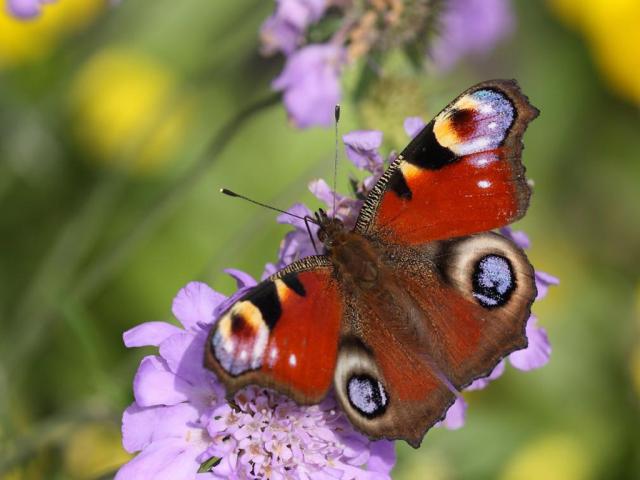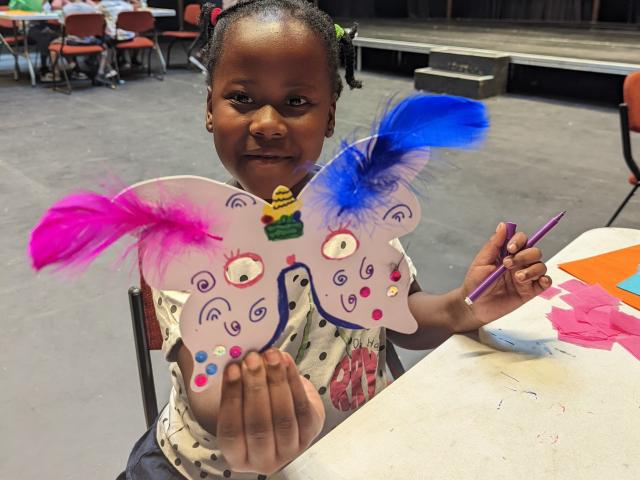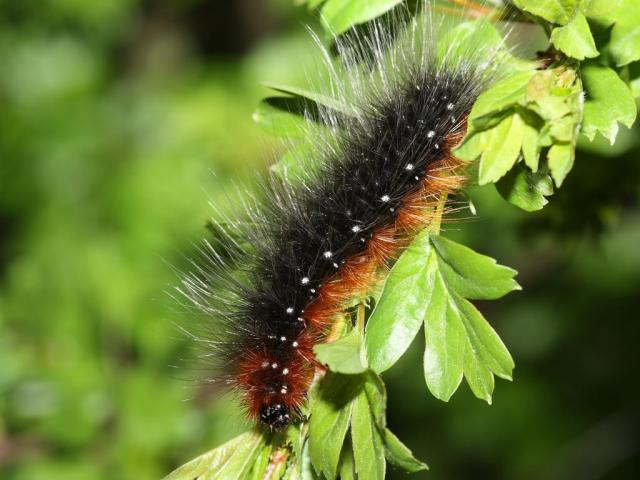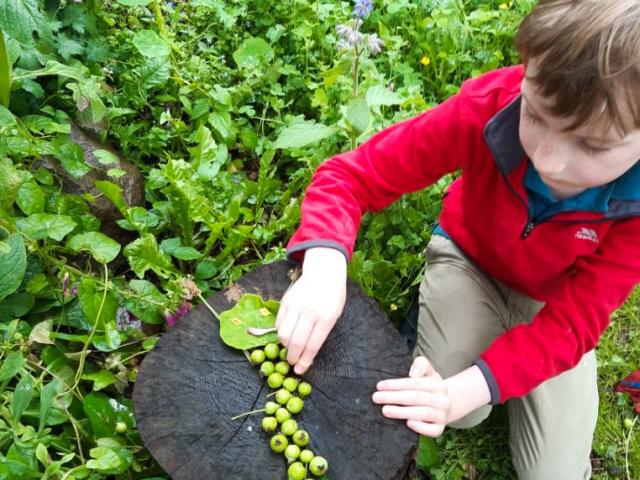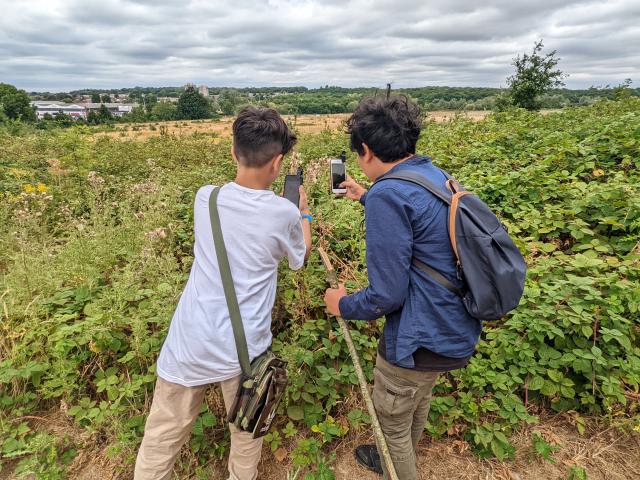How to spot butterflies
On a sunny Spring or Summer day you don't have to travel far to find a butterfly. Whether you live in a city or the countryside our parks, gardens and other green spaces can be great places to spot them. Our top tips and spotter sheet will help you!
You will need:
- A warm sunny day
- A green space to explore - your school playground or local park are great options
Tip 1: Pick a warm day
The best time to see butterflies is on warm, sunny days (if it's cloudy it will need to be around 20oC). Even better if it's nice and still - butterflies don't like the wind!
Tip 2: Pick a good spot
Most parks and gardens have slightly wilder areas that are better for wildlife. Head to where you can see long grass or flowers. Shrubby areas and hedgerows are good too.
Tip 3: Go slow!
Butterflies can detect movement from lots of different directions at once and are always on the look out for danger. If you spot a butterfly, approach it very slowly to get a better look and try to avoid casting your shadow over it.
Tip 4: Do some research
Butterflies will lay their eggs on or near the plant their caterpillars feed on - so if you can learn what some of those plants are, it can really help to track them down.
Tip 5: Take time to notice nature
If you are lucky enough to spot a butterfly, take a little time to notice something special or beautiful about it. What colours or patterns can you see? Think of three words you would use to describe the butterfly to a friend.
Downloads
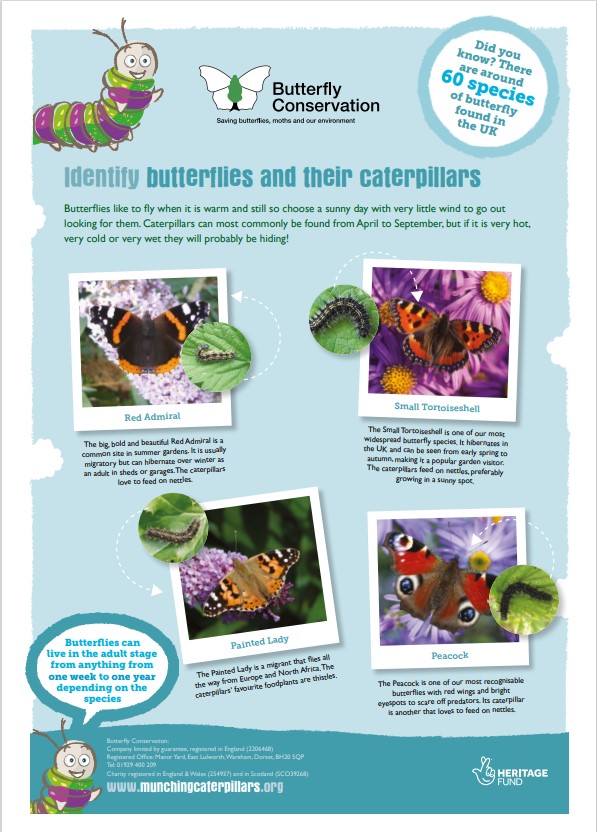
Butterflies and their caterpillars
Download
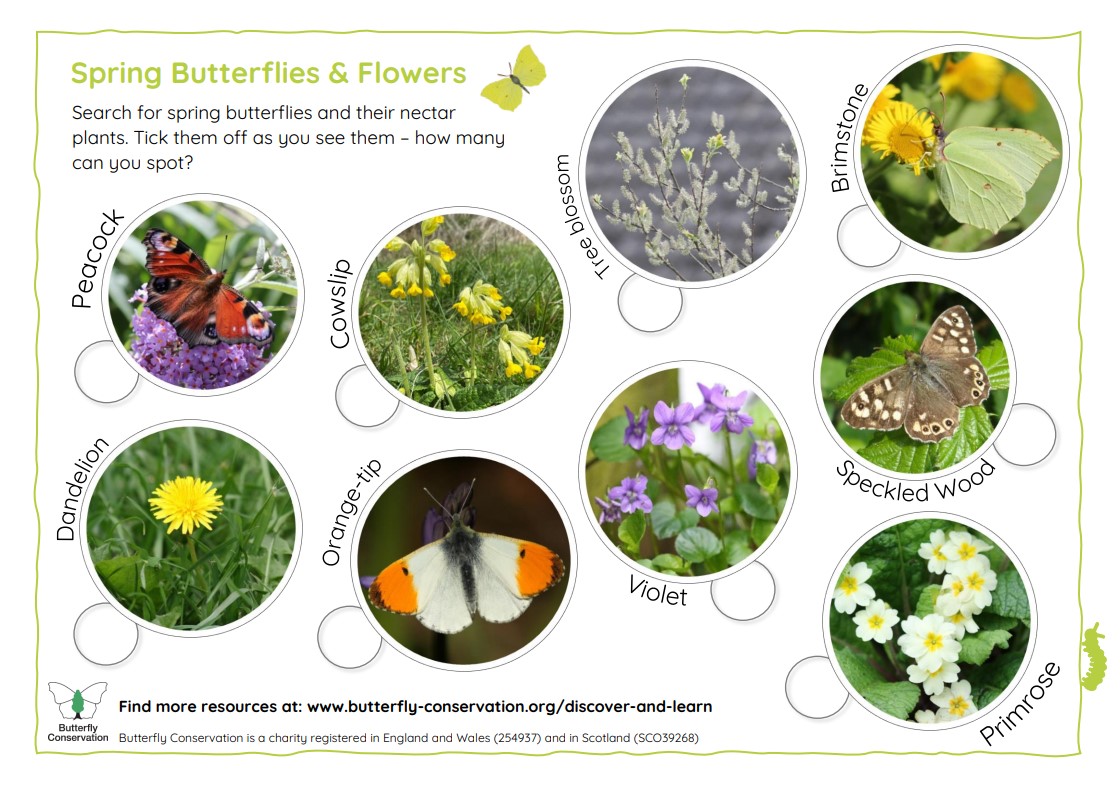
Spring Spotter Sheet
Download
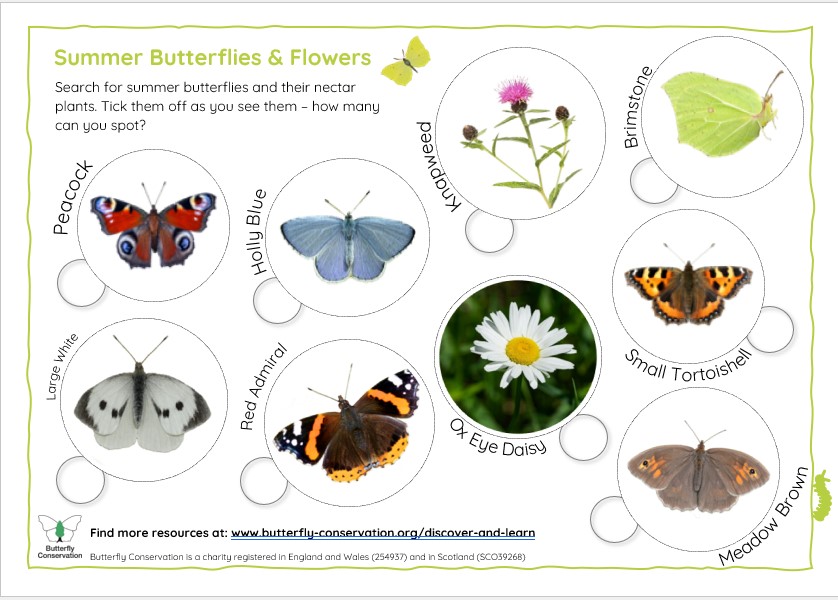
Summer Spotter Sheet
Download
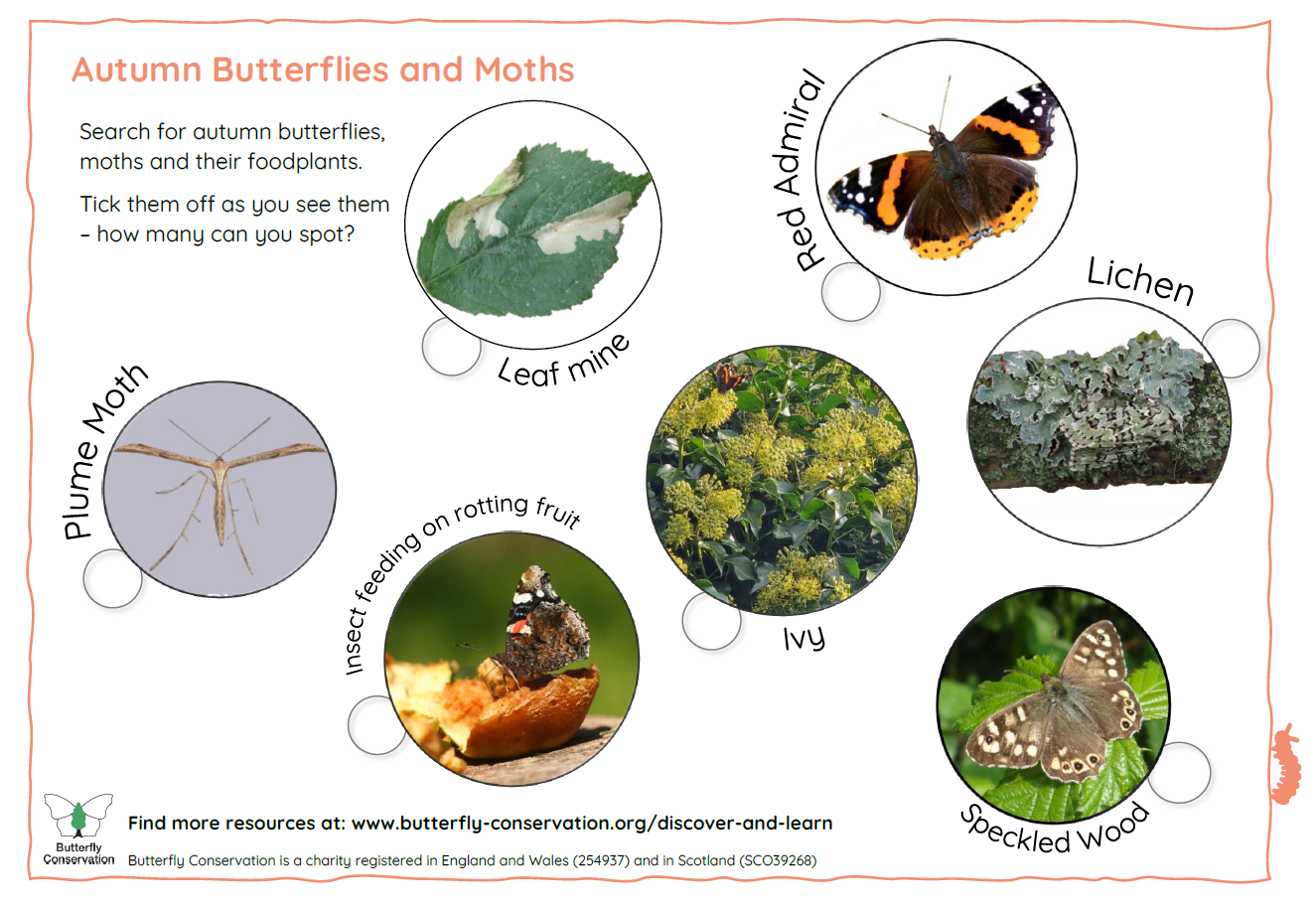
Autumn Spotter Sheet
Download
Useful Links
-
A to Z of UK Butterflies
Use our A-Z of UK butterflies to find our which plants they like to feed on and where they lay their eggs. -
The Garden Butterfly Survey
You can help butterflies by recording which butterflies you see in your garden. We use your records to help inform our conservation work. -
The Big Butterfly Count
Each year in July and August we need as many people as possible to take part in the Big Butterfly Count. Can you help?


